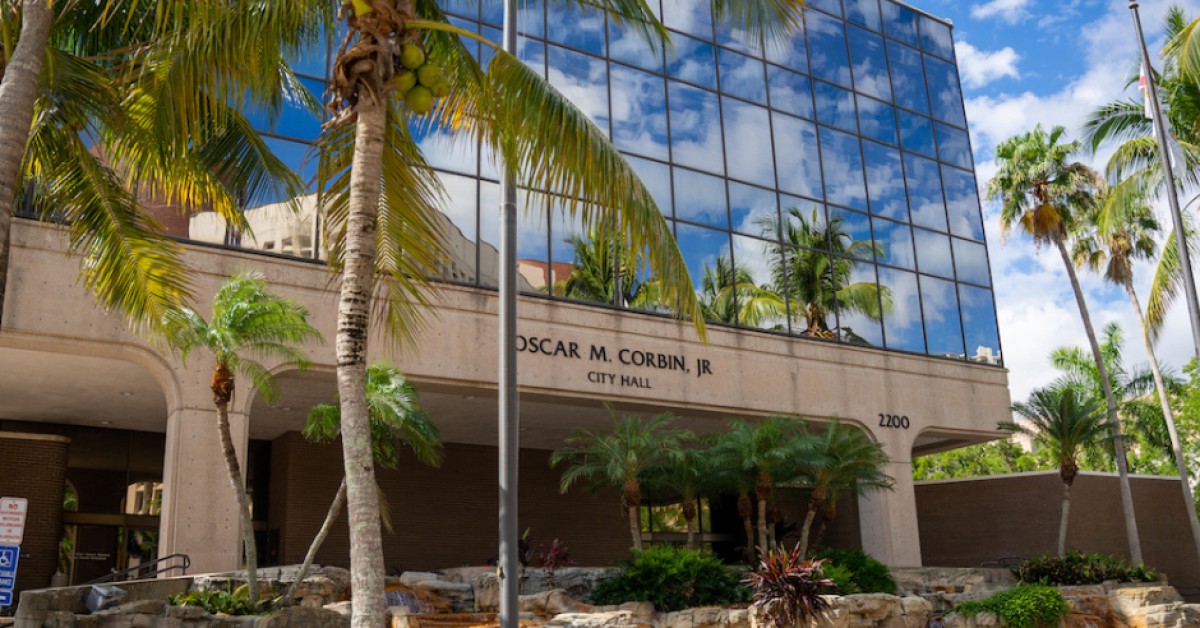Fort Myers City Council hosted its first public hearing to consider an ordinance to amend the city’s land development code, which includes the creation of new zoning categories, during its Monday meeting.
A motion to approve a second public hearing for the item was passed in a 4-1 vote, with council member Liston Bochette dissenting and council members Terolyn Watson and Fred Burson absent.
Proposed significant and smaller changes to the land development code were presented by Community Development Director Steve Belden.
Creation of new zoning categories were at the top of the list of the most significant changes. Starting with residential changes, the creation of a new high-density multifamily zoning district allowing 25 units per acre was proposed to be available in the Traditional Community and Corridor Commercial Future Land Use classifications.
A new proposed commercial zoning district, Commercial Intensive Non-Residential, would remove all residential uses and some commercial uses from the list of allowed and conditional uses.
“Right now, all of our commercial contains some level of residential being allowed,” Belden said. “If you’re proposing a commercial development and you have no intention of doing residential, then you can do a straight commercial zoning district. It helps to eliminate some confusion and narrows down those uses for development.”
As for the smaller changes, it’s proposed that new food trucks keep a distance of 300 feet from other food vending vehicles, which is double the current distance requirement. However, the proposed change doesn’t apply to food truck parks.
Food trucks already in operation before the ordinance can remain at a distance of 150 feet from other vehicles. Food trucks established after the ordinance goes into effect must adhere to the new 300-foot distance.
“They kind of coalesce around each other and they cluster, and it can create issues on the property if they get too close,” Belden said. “So, we want them spread out a little bit more.”
The addition of citywide construction site screening requirements also is proposed, which Belden said would be in the form of a 6-foot fence with screening.
Another minor change is clarification of the maximum fence height, which is proposed to be 6 feet for residential uses and 10 feet for commercial and industrial uses.
On Oct. 4, the planning board considered the proposed amendment and voted unanimously to recommend approval of the proposed amendment. The second public hearing for the proposed ordinance will take place Dec. 4.





